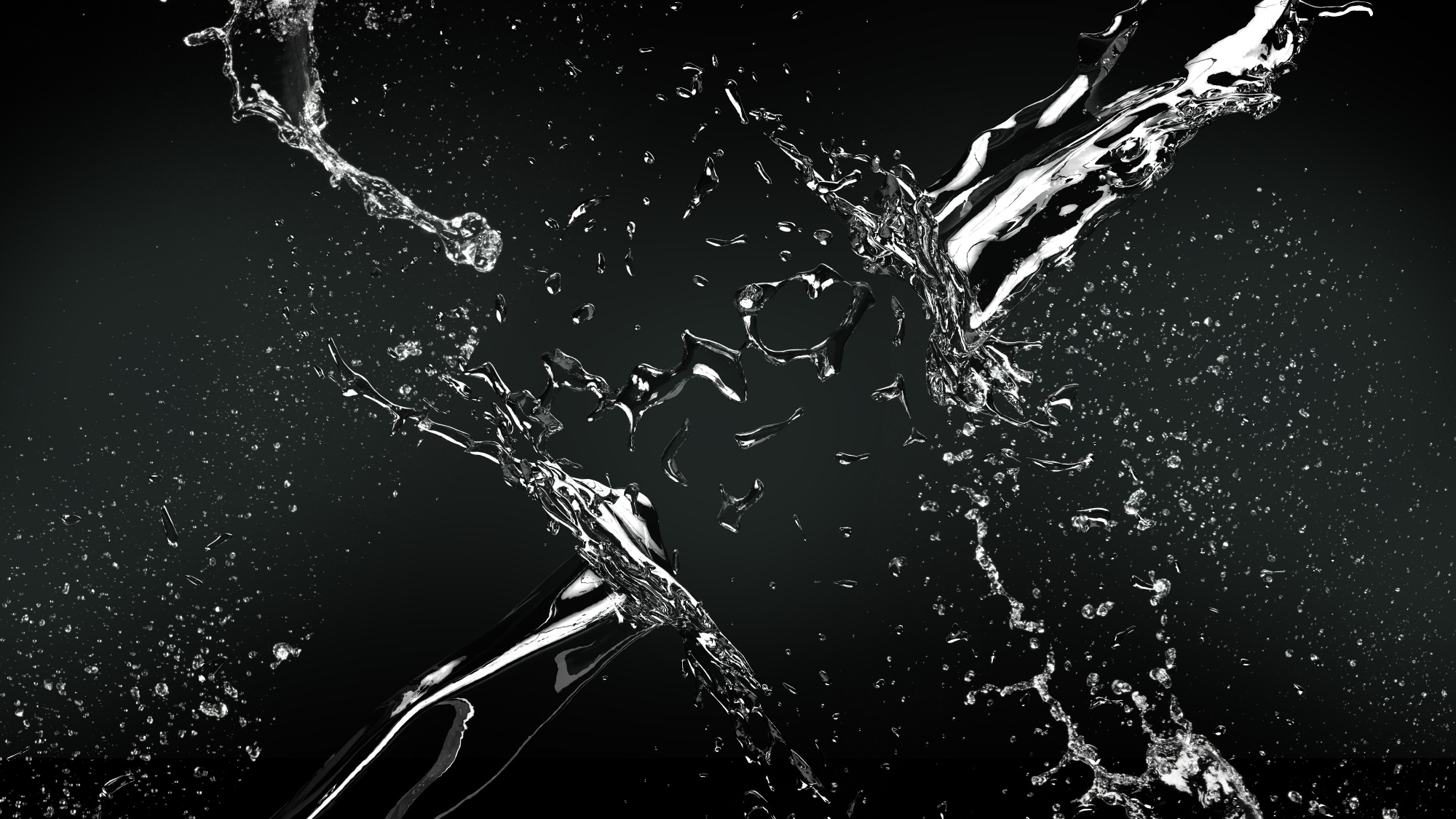A backflow preventer is a device that controls the direction in which your water will flow.
You may find it attached to your water pipes. If you observe it, you’ll notice that it’s letting your water flow in a certain direction. Most importantly, it prevents it from going in the opposite direction.
Backflow preventers are a crucial part of your home. It protects you and your family from coming in contact with contaminated water.
Let’s dive deeper into backflow preventers and just how different life would be without them.

Why Is This So Important?
To understand the importance of backflow preventers, you must first understand what a backflow is.
Once your main water supply line releases a flow of water, your pipes should lead it into your home. Such should happen easily when your backflow preventer is intact.
However, in times when you have a faulty backflow preventer or an excessive pressure change, water may flow backward. When it happens, it will seep back into the main water supply line.
That is what we call a backflow.
Other reasons for backflows include an opening of a fire hydrant and a break in the main water line. Any event that would eventually lead to a change in water pressure will result in backflow.
Now, why are backflows harmful?
Once the flow of water returns to the main supply line, it will begin to contaminate your drinking supply. And we’re not talking about natural contaminants. We’re talking chemicals from pesticides and cleaning materials, chlorine, and even human waste!
This is exactly why backflow preventers are crucial.
Who Is Responsible For This To Work?
It is generally the responsibility of the property owner to ensure the safety and cleanliness of their water flow. And this includes the use of the proper equipment and measures just like a backflow preventer.
So, whoever owns the contract to the residence and land is responsible. This responsibility includes the installation and maintenance of backflow preventers.
If you are a tenant, you may take extra safety measures by having your backflow preventers checked regularly. Nonetheless, keep in mind that maintenance should be covered by your landlord.
What Should I Do If I Think Suspected Backflow Contamination?
You may report backflow contamination to the Department of Public Health and Environment (DPHE).
A 24-hour emergency line, live chat, and even an email address should be available online. However, this still depends on the country you’re residing in.
Try your best to collect as much information about the contamination as you can. A couple of things you should know before contacting the DPHE are:
- Date and time of the incident
- Information about your public water system
- Actions taken
- Description of the event
Drinking Water In Colorado
Luckily, all of the public water systems in Colorado go through regular water testing. This is their way of ensuring the cleanliness and safety of the supply.
All of Colorado’s public water systems abide by the water quality standard set by the Environmental Protection Agency.
Water Funding From The New Gambling Law
As a response to the Colorado River crisis, the government legalized gambling in the state in 2020.
Now, how exactly can this legalization aid Colorado’s water crisis you may ask?
Well, along with the legalization of gambling in the state comes a condition. The law states that 93% of the casino’s tax revenues will be reserved as a fund for Colorado’s water projects.
Statistically speaking, there are 24 internet operators and 15 retail locations in Colorado. And all of them will help fund the water plans. By 2022, roughly 24 million dollars has been raised solely through tax revenue collection.
